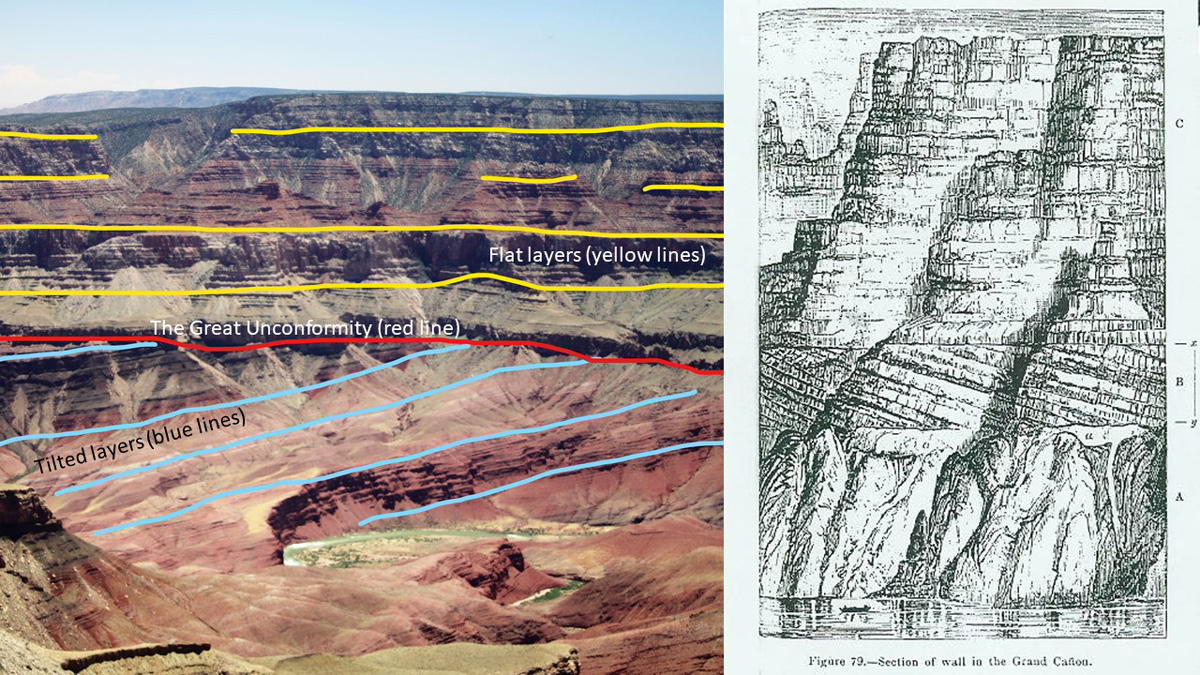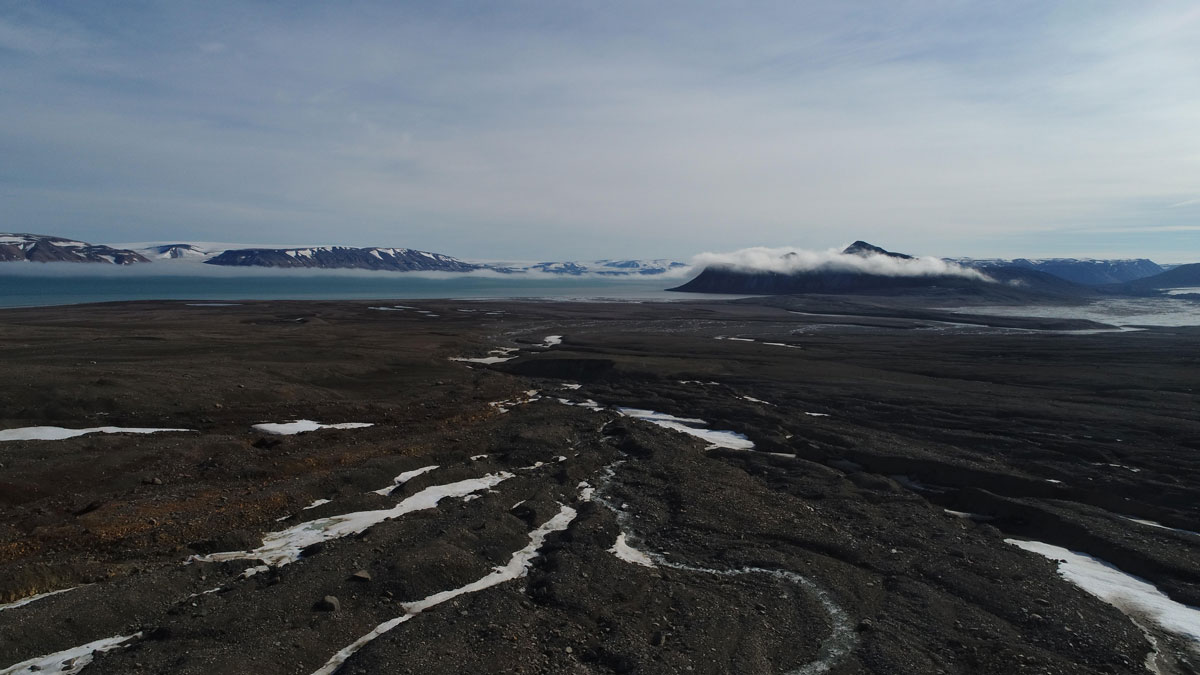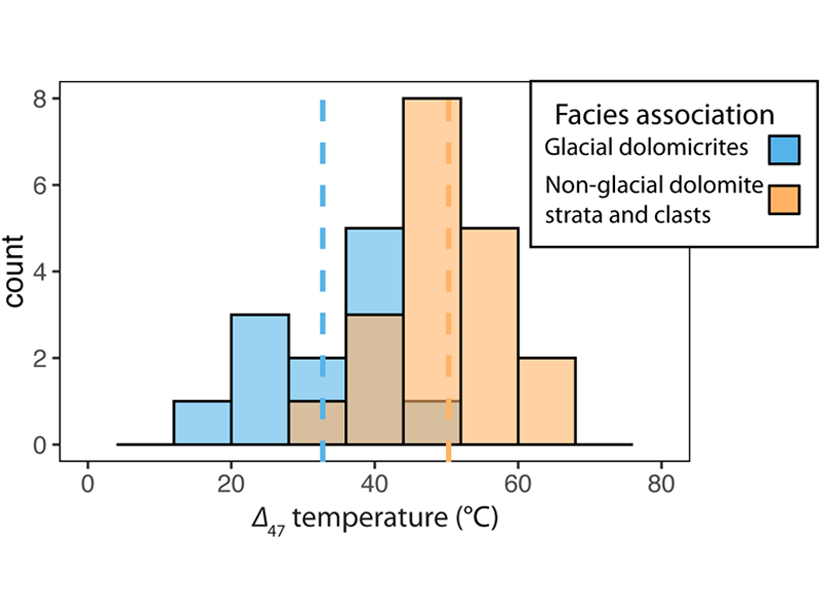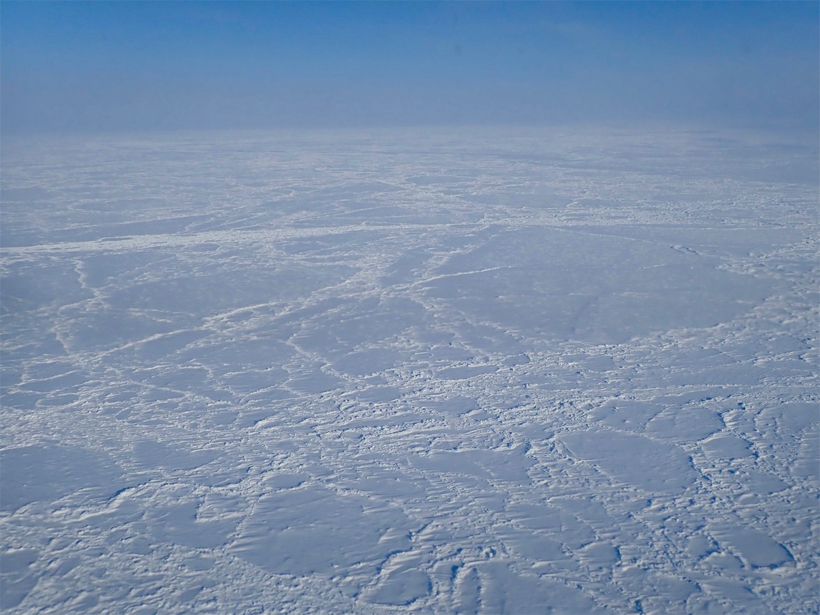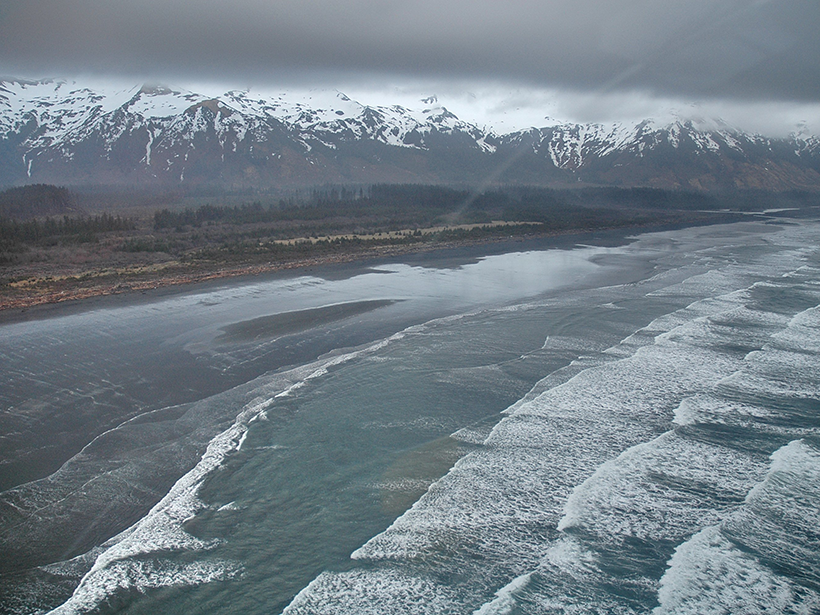Running into the right space rock at the right time may have been enough to tip Earth into a runaway cold spell.
Snowball Earth
The Great Unconformity or Great Unconformities?
Some scientists think the Great Unconformity was caused by Snowball Earth’s glaciations. Recent work suggests these phenomena might not be related.
The Young Earth Under the Cool Sun
How did our planet avoid being frozen solid during the early days of our solar system?
Updating Dating Helps Tackle Deep-Time Quandaries
Geochronologists are finding fresh approaches to familiar methodologies, especially by zapping rocks with lasers to tackle classic Precambrian problems.
The Great Unconformities?
New thermochronology data and thermal history modeling from the Canadian Shield show that the Great Unconformity formed there later than elsewhere in North America and may represent another event.
Measuring Paleoclimate During a Deep-Time Deep Freeze
New application of clumped-isotope thermometry to 700-Myr rocks documents large climate swings related to Snowball Earth glaciation and offers better understanding of an earlier Earth system.
Three Times Tectonics Changed the Climate
Fifty years after the birth of modern plate tectonics theory, a group of researchers highlights three key examples of how our planet’s shape-shifting outer layer has altered our climate.
The Tides They Are a-Changing
The twice-daily ebb and flow of the sea have the power to change the planet. Weak tides could have allowed Earth to freeze over, and strong tides may have given vertebrates a leg up on land.
Erasing a Billion Years of Geologic Time Across the Globe
The Great Unconformity—a huge time gap in the rock record—may have been triggered by the uplift of an ancient supercontinent, say researchers using a novel method for dating rocks.


